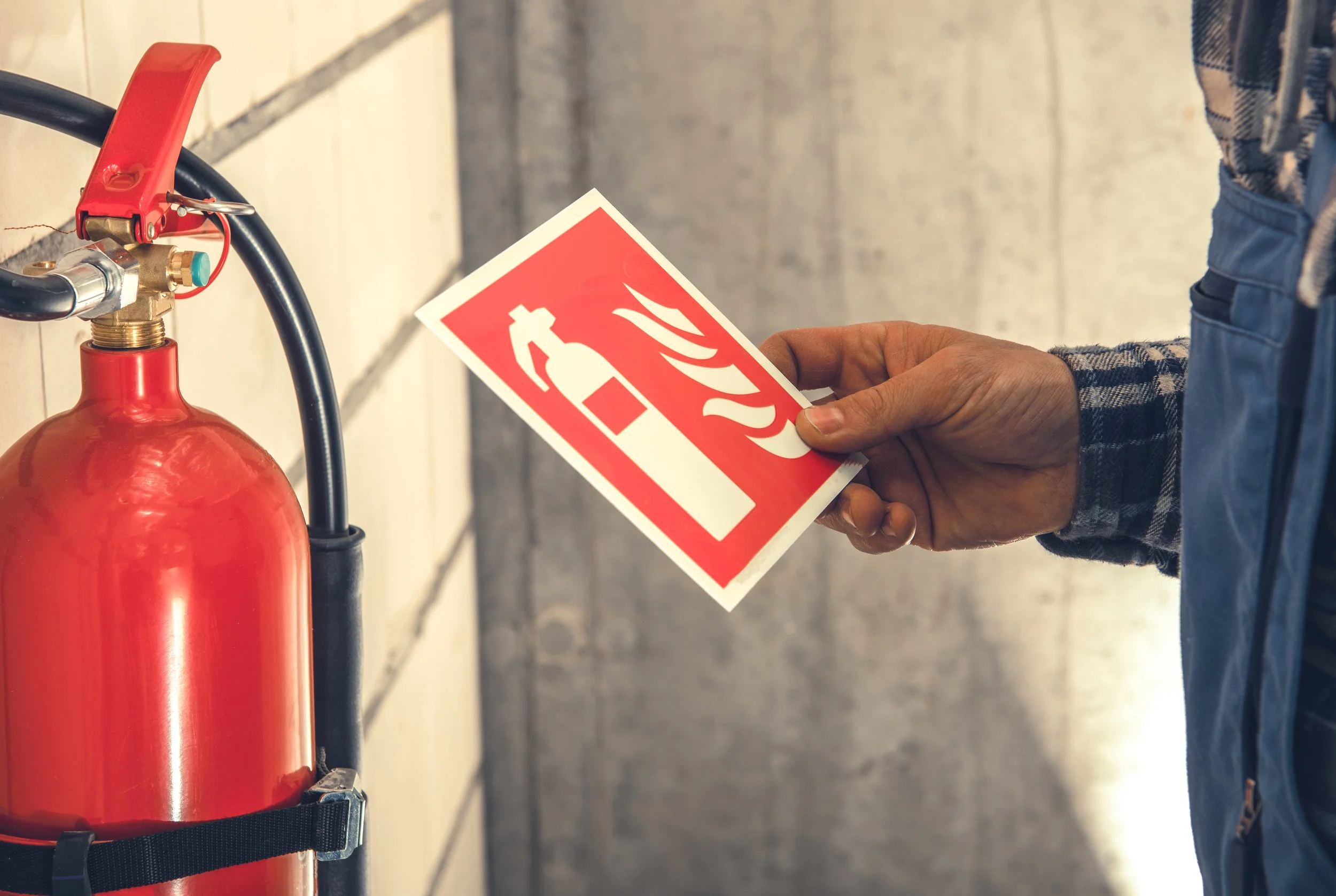
USEFUL & ESSENTIAL FIRE SAFETY INFORMATION
305.633.4327
Valuable Knowledge about Fire Safety
Types of Fires
Each class designates a specific type of fire, categorized according to the combustion materials that are currently burning or have the potential to be ignited. To learn more about types of fire read below.
Class “A” Fire
Fire based on combustible materials, such as wood, paper, fabric, and refuse.
Most suppression techniques are suitable for taking care of a Class A fire
Class “B” Fire
Fire based on Flammable liquids and gases
Suitable suppression technique involves inhibiting the chemical reaction, such as using Dry Chemical or Halon
Class “C” Fire
Electrical Fires
Suppression techniques are similar to ordinary combustibles, but conductive agents like water cannot be used
Class “D” Fire
Fire based on flammable metals
Dangerous due to how hot they burn, and emit toxic vapors
Each Class D fire requires specific fire suppression response based on the metal burning
Class “K” Fire
Most kitchen fires are Class K fires as they are fires involving cooking oils and fats
Suppression by removing oxygen or water mist
A special class K extinguisher will safely smother the fire by turning the oil into a foam
Types of Fire Extinguishers
ABC Dry Chemical
A multipurpose extinguishing agent that is highly effective and works best on Class A, B, and C fires, providing reliable fire suppression across different types of combustible materials and electrical fires.
Standard Dry Chemical
Extinguishing agent based on sodium bicarbonate that works most effectively on Class B and Class C fires. It is specifically designed to quickly suppress flammable liquid and electrical fires, providing reliable fire protection in those situations.
Purple “K” Dry Chemical
Extinguishing agent that works most effectively when dealing with flammable liquid fires, as well as Class B and Class C fires involving electrical equipment.
Fire Prevention
Prevent
Keep your area clean and hazard-free.
Plan
Practice fire safety emergency procedures.
Protect
Maintain alarms, sprinklers, & extinguishers.




